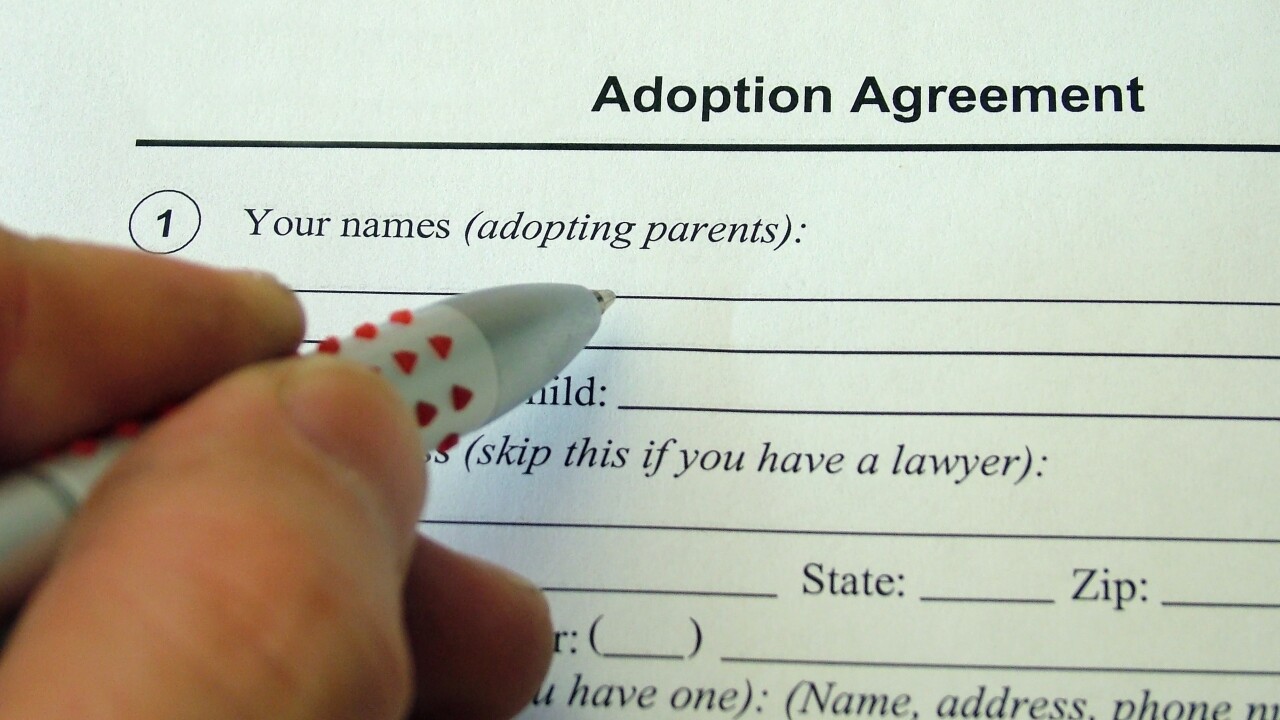Taxpayers and tax professionals can act right now to avoid any tax-time surprises and ensure smooth processing of their 2019 federal return, with these handy reminders and suggestions from the Internal Revenue Service.
Adjust withholding

Make estimated or additional tax payments
Clients with more complex tax situations might want to know about
Gather documents, organize records

Clients should also confirm that each employer, bank or other payer (not to mention the IRS and, for legal names, the Social Security Administration) has their current mailing or email address. Tax professionals should remind clients to have all those forms before filing, to avoid delays in processing and refunds.
Renew PTINs and ITINs

Clients with expiring ITINs can get the numbers renewed more quickly and avoid refund delays by submitting their renewal application soon. Any ITIN with middle digits 83, 84, 85, 86 or 87 expires at the end of this year. Any ITIN not used on a return in the past three years will expire. ITINs with middle digits 70 through 82 that expired in 2016, 2017 or 2018 can also be renewed. Use a W-7; it typically takes about seven weeks to receive an ITIN assignment letter from the IRS, but it can take up to 11 weeks if an applicant waits until peak season to submit the form.
Update e-Services information

Update power of attorney/third-party authorization records
Review security safeguards
Now also is a good time for tax professionals to hire a cybersecurity expert to review office digital safeguards. At a minimum, tax pros should perform a deep scan for viruses on all digital devices.
Review Practitioner Priority Service options
Identify the local Stakeholder Liaison






